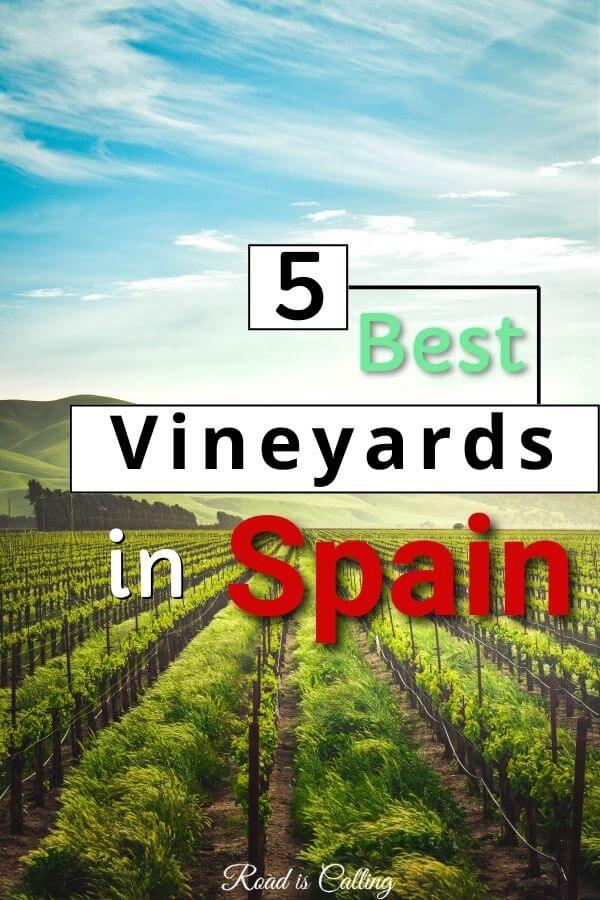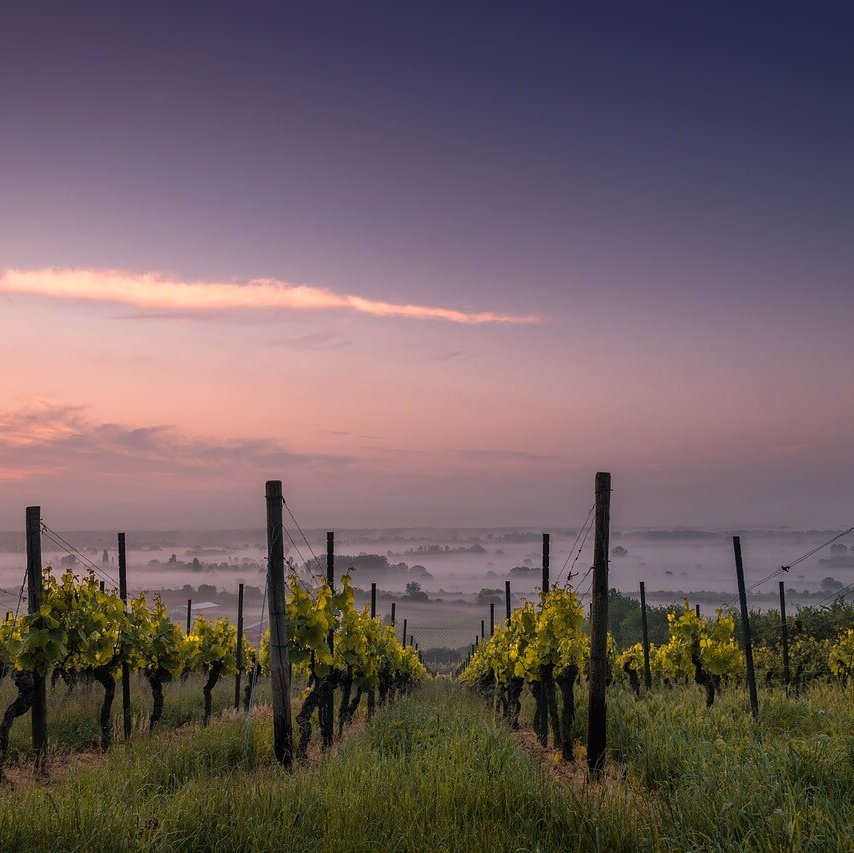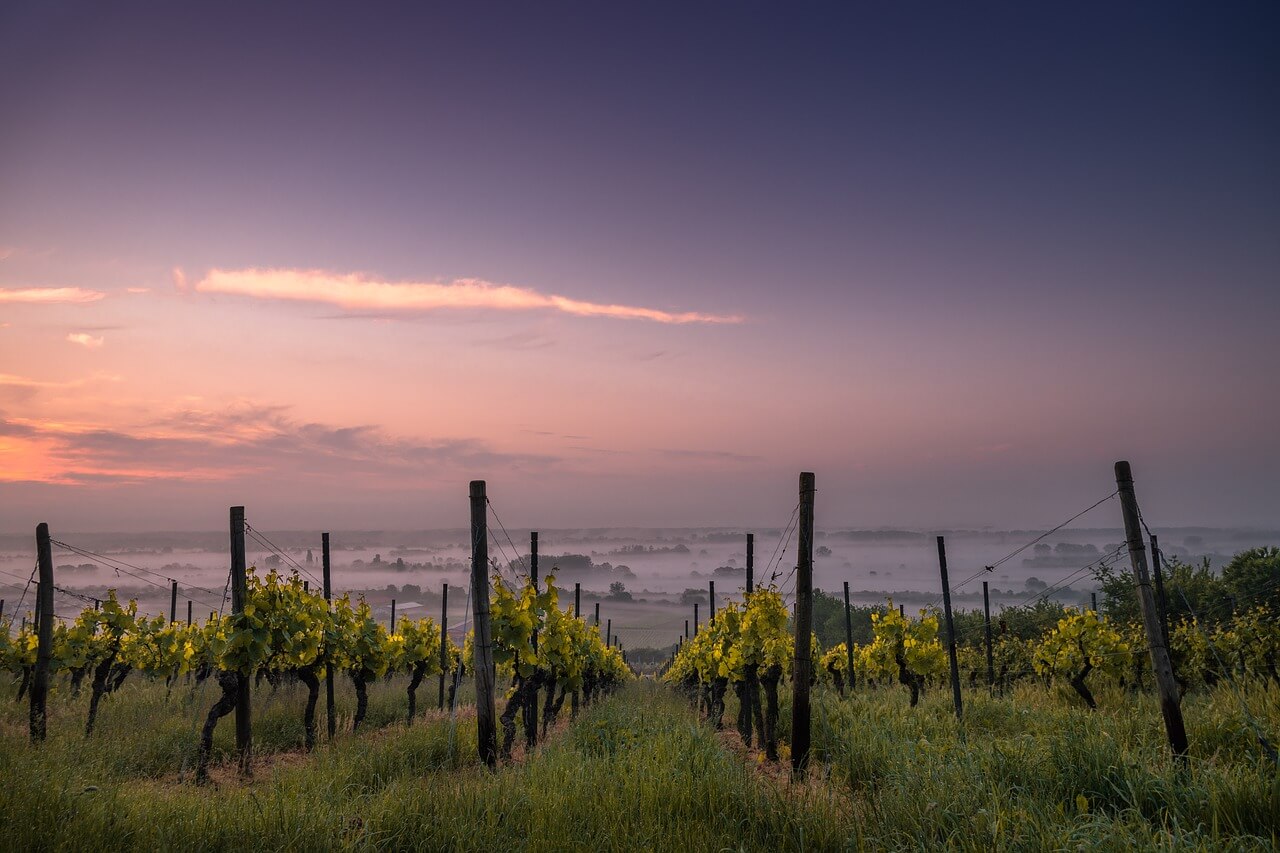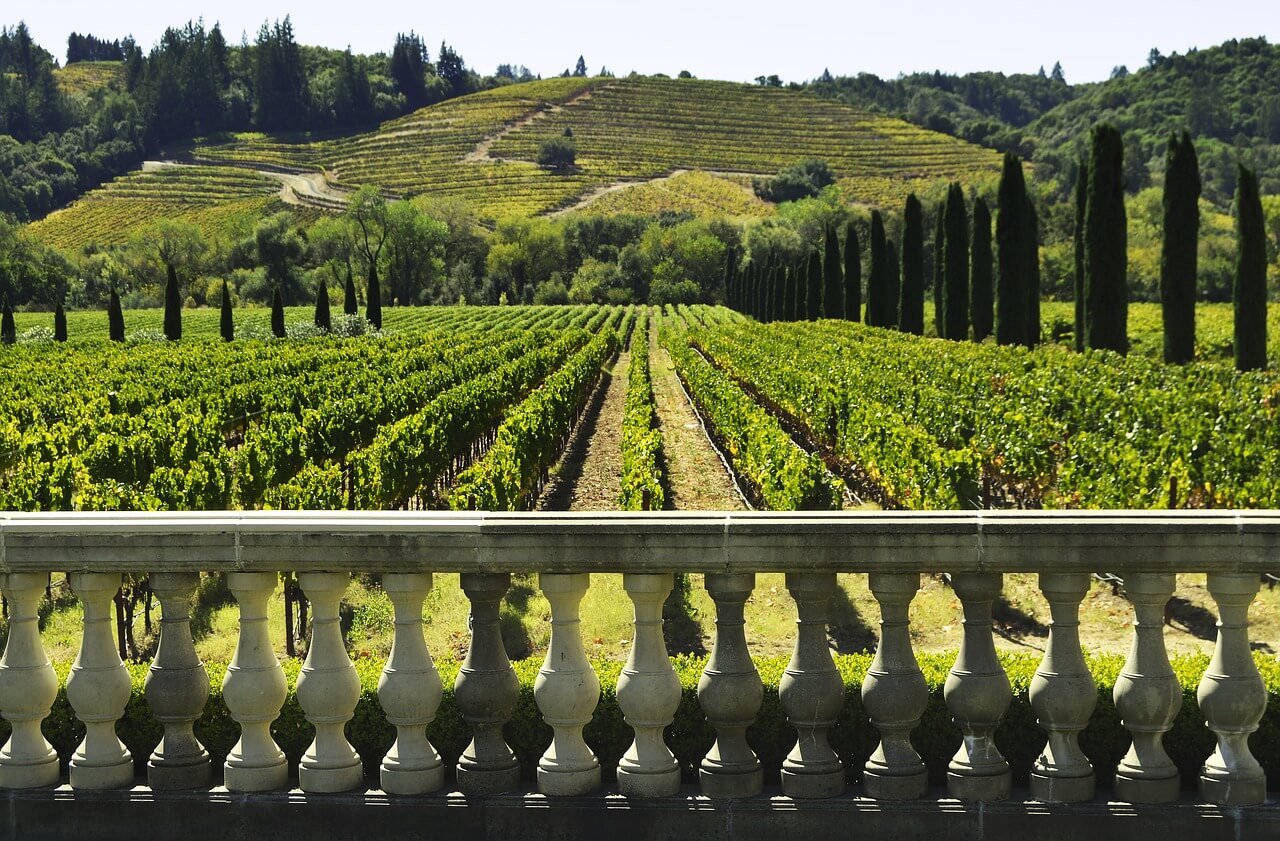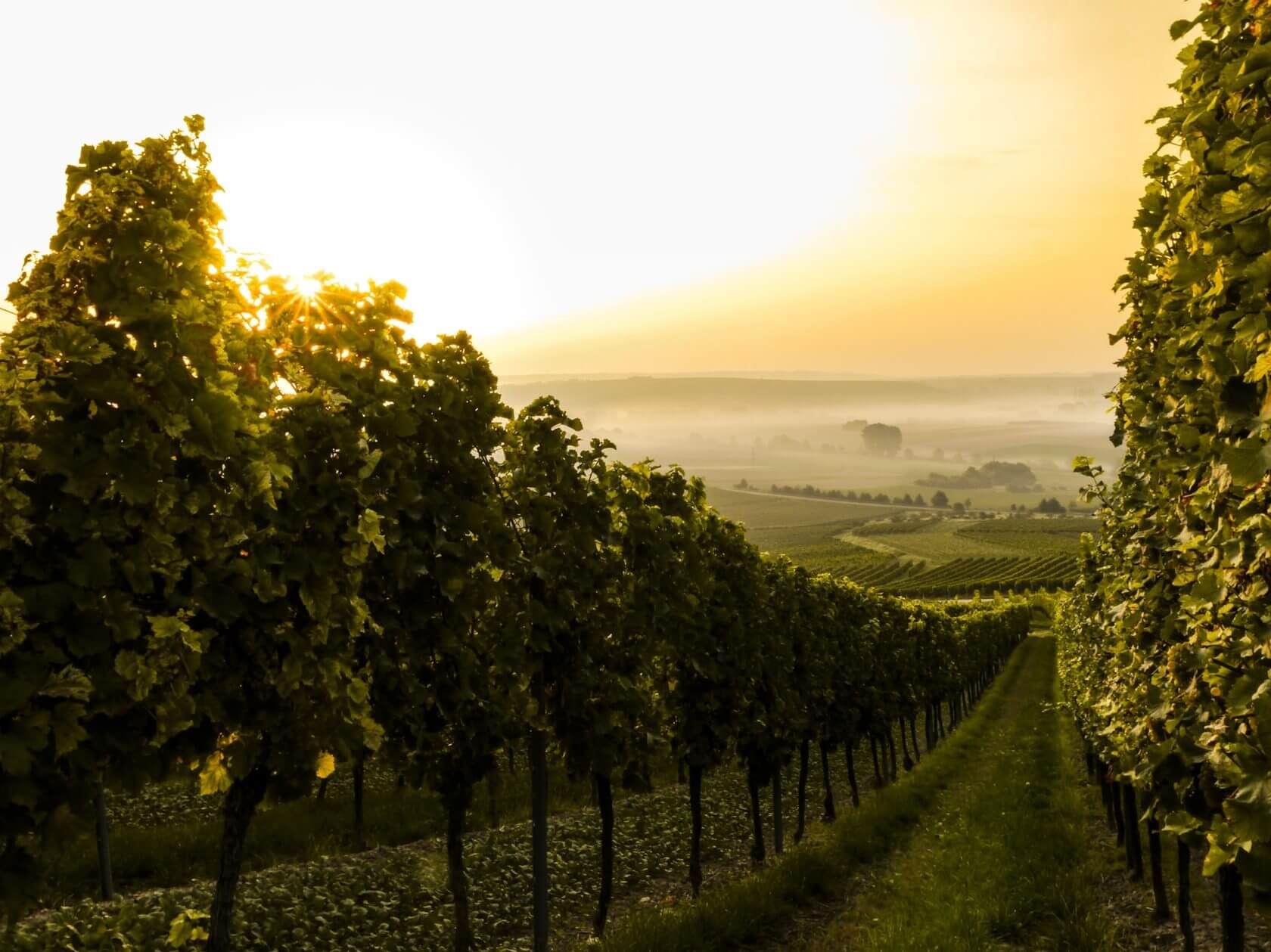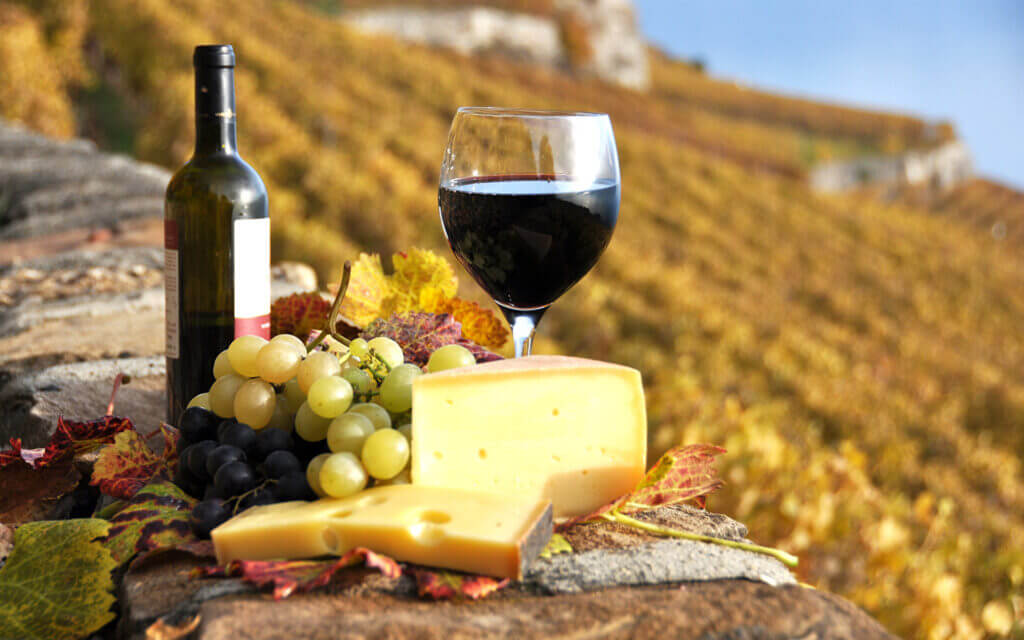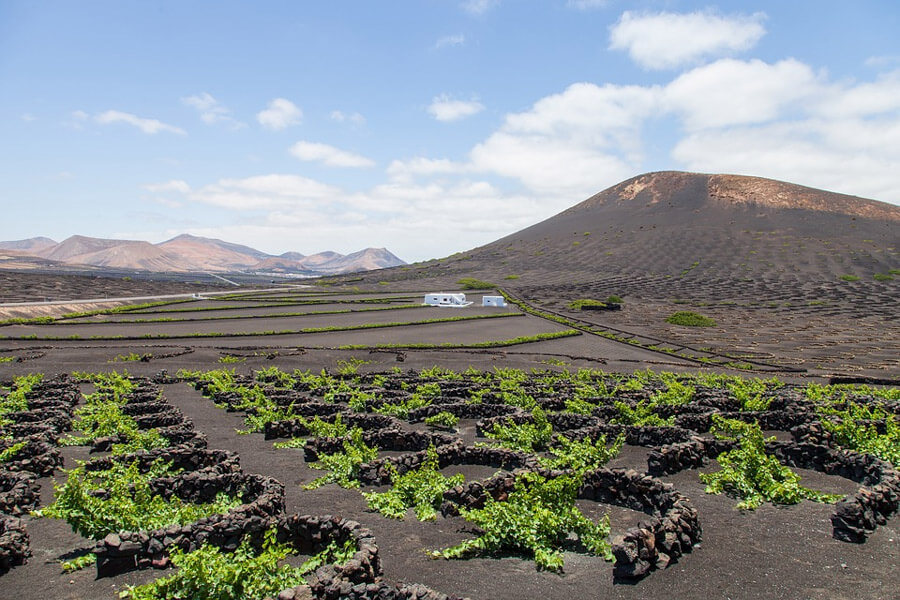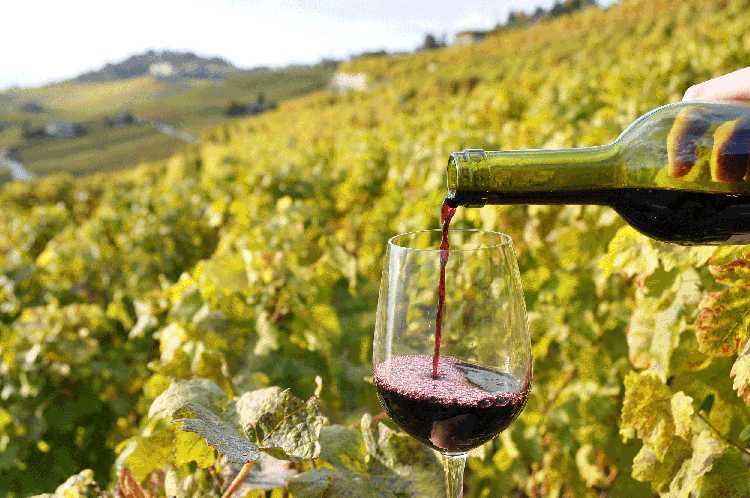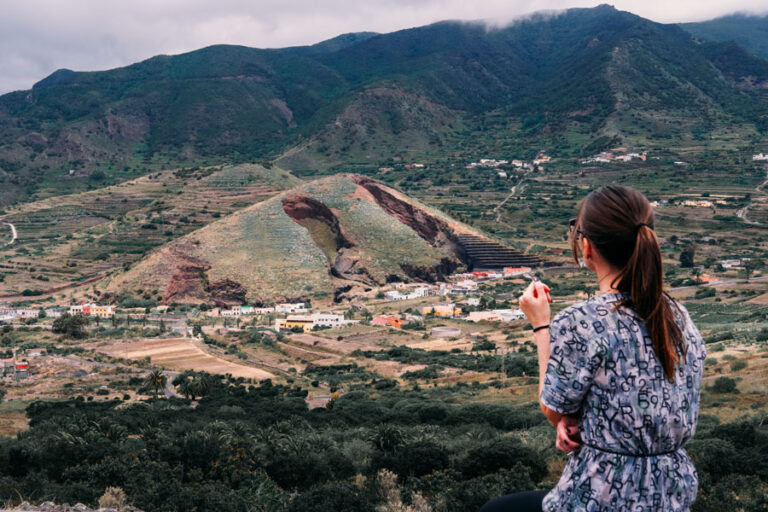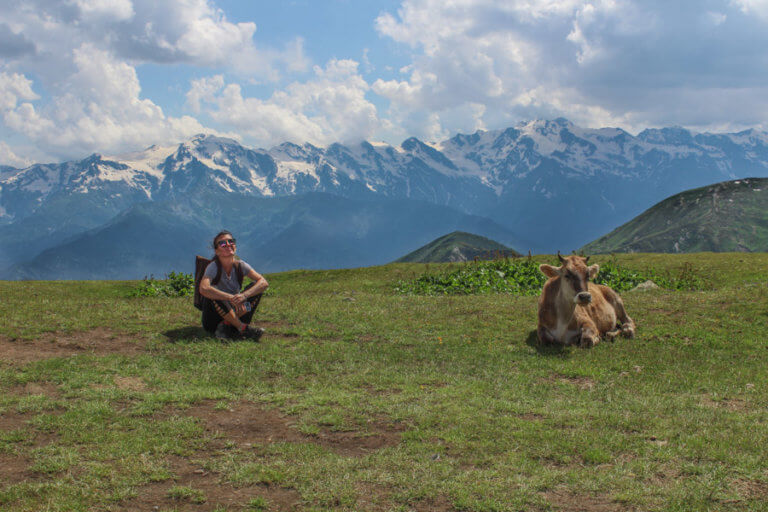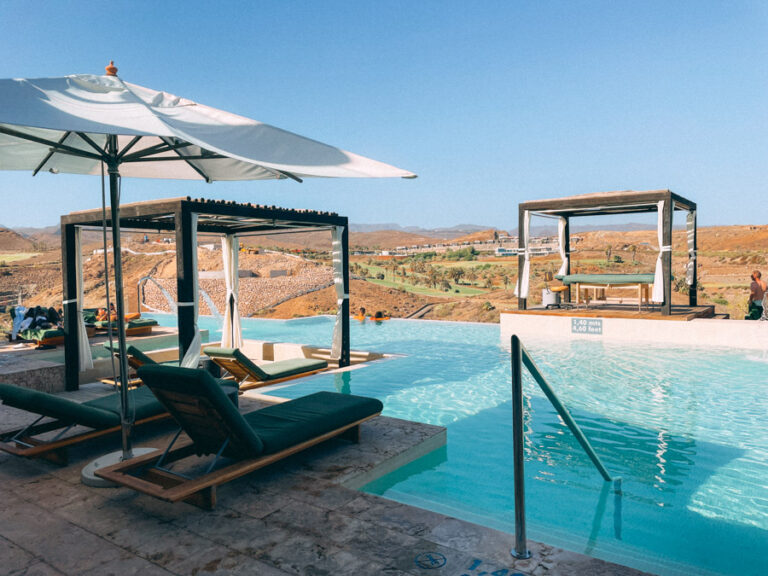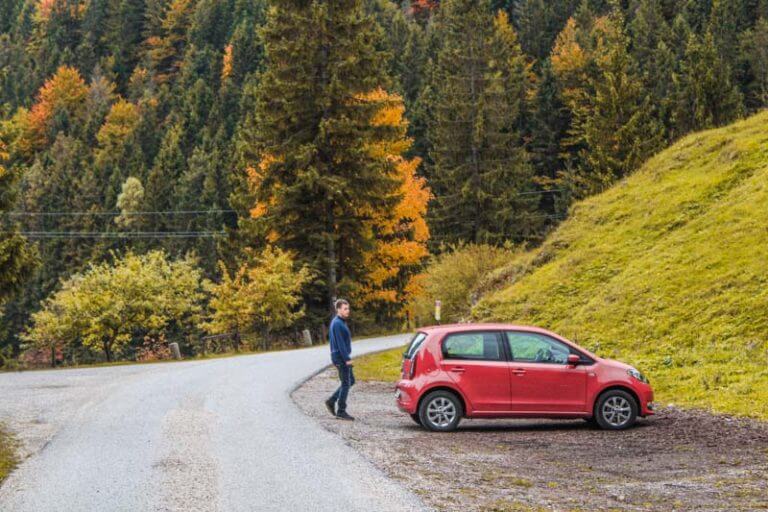5 Top Vineyards in Spain to Visit on Your Spanish Road Trip
Spain is highly praised internationally for its interesting culture and energetic nightlife. It is a country to visit no matter the season, with beautiful beaches and cozy ski resorts awaiting your arrival. There are also numerous national parks to hike through, basking in the lush nature that the country has to offer. With such a dreamy atmosphere, the only way to enjoy the moment more is to visit one of the incredible vineyards in Spain and then sit down to relax with a glass of wine.
Many countries have their historical vineyards, and Spain is no different here. Some believe that winemaking in the country began as old as 4000 BC. But the more verifiable record of fermented grape drinks began during 1100 BC with the Phoenicians. This winemaking tradition has stood the test of time and continues until today.
At present, Spain uses over 2.9 million hectares of land to grow wine grapes that come to 400 varieties in total. It has over 69 wine regions within its borders, each with their own unique culture and flavor. Winemaking, in general, became a cultural tradition for many people a long time ago in all regions, including Madrid.
For those who want to experience a mixture of culture, history, nature, and gastronomy, visiting Spanish vineyards is an ideal way to do it. It is so common here to have a glass of wine with your meal no matter if you dine at the restaurant or at home.
So whenever you are visiting Spain, do not miss an opportunity to plan a trip to these wine regions with their incredible vineyards, especially if you are on a road trip throughout the country!
The Best Way to Visit These Vineyards and Wineries in Spain
All the vineyards and wineries I mention on this list are situated outside the cities. The best way to visit them would be on a road trip through Spain. Even if you are visiting one or two regions only, it is better to rent a car in a large city and go on a drive to a wine region.
The best company where to rent a car in Spain is DiscoverCars. I have a detailed post about them as well as about driving tips in my post about hiring a car and driving in Spain, things to know. Give it a read.
And now, let’s move to the best vineyards in Spain that should be on everyone’s list!
Vineyards in Spain Alava Province – Rioja Region
Álava is a small province in the north of Spain in the Basque Country.
Lush green mountains surround the region, giving it a rustic, quaint feel. Even though Álava is small and the least populated province in the Basque Autonomous Community, it has made a name for itself by being part of the famous wine region Rioja which is known for Rioja Wine.
Part of Álava, known as Rioja Alavesa, is the smallest of the three sub-regions of the Rioja wine region. It occupies the smallest area of Rioja with only 264 wineries in 18 municipalities. Yet, its wines are among the best wines of the Rioja region.
They (together with all other Rioja wines) received a Denominación de Origen Calificada – the highest rank possible for its wine quality and control. And they are considered the most “soft” and fruit-like wines.
Due to the high altitude of its vineyards (400-1200 m), the low temperatures help the grapes acquire and maintain moderate acid levels and good color. Alava’s wines have a higher acidity than wines from other areas of Rioja. Yet at the same time, they keep this fruity flavor.
Some of the best wineries and vineyards to visit in Rioja’s Álava area are Pascual Berganzo, Bodegas Murua, Bodegas Vallobera, and Altos de Rioja. Although there are many more wineries in this region and you may want to follow the wine route to see them all.
One winery that you absolutely shouldn’t miss is Bodega Marques de Risca, one of the oldest wineries in Rioja. Since its birth in 1858 in Elciego, Álava, it has been producing high-quality wine to this very day. Today it offers multiple tours around the monumental vineyard that are complete with wine tasting and sampling sausage, Idiazabal cheese, and chorizo from Rioja.
The main highlight of Bodega Marques de Riscal is the Hotel Marques de Riscal. Designed by the world-renowned architect Frank Gehry, the five-star modern architecture stands out from the quaint village style of the area.
As for the wine, you might want to try Álava’s Gran Reserva wine. It has been aged for at least 5 years with two of those years in oak barrels. Vin Joven is another great wine but it is possible to find it only inside Spain. It is rarely aged and is good for immediate consumption only. Thus, it is rather hard to import this wine abroad.
Next to Álava is La Rioja, another province that’s part of the wine region Rioja which also has the best wines in Spain. If you happen to visit on July 29th, plan to experience the Batalla del Vino, the famous wine fight. If you plan on attending, prepare to get soaked!
Spanish Vineyards in Penedès, Catalonia
Penedès is one of the most famous wine regions in Spain and Catalonia. It has gained worldwide fame for the production of cava, a Spanish sparkling wine made according to the traditional champagne method.
The Penedès region covers parts of the various provinces of Barcelona and Tarragona. In Barcelona, it is Alt Penedès with the capital at Vilafranca del Penedès, Garraf with its capital at Vilanova i la Geltrú and Anoia with its capital at Igualada. And in Tarragona – Baix Penedes with the capital Vendrell and Alt Camp with the capital in Valls.
You can add all these wine regions to a road trip from Barcelona to Valencia and even some on the drive between Malaga and Valencia, and see them all pretty much on one trip. It is one of the most interesting and easily accessible wine regions in Spain that produces 90% of all Spanish cava.
Penedès produces all types of sparkling wine since the 18th century, but only about a hundred years ago, its mass production began.
When the phylloxera (grape aphid) epidemic destroyed most of the red vineyards in the early 20th century, Penedès switched to white grape varieties which were used for the production of cava. Combining ancient French technologies with the peculiarities of the Mediterranean climate gave a truly amazing result. Today it is cava that is the most exported sparkling wine in the world, ahead of its legendary French counterpart from Champagne.
There are now several hundred cava wineries in Penedès. Among them, are real giants such as Freixenet and Codorniu factories, world leaders in the production of sparkling wines.
But for a more unique experience, it is better to visit small, family-owned vineyards, where the emphasis is on quality over quantity. In that case, you’ll be able to walk around a wine farm in the company of the owner himself who will tell you in detail about all the secrets of the wine-making process. And at the end, of course, he’ll offer you to taste wines from his winery.
After the excursion, have lunch in a traditional rural restaurant, where you can try real, not tourist-oriented Catalan cuisine.
Among all the vineyards in Penedès Catalonia wine region, my favorites are Parés Baltà Winery and Can Rafols dels Caus.
Bodegas Torres is one of the most famous family wineries. It invites its guests to stroll through the vineyards, taste the best prosecco wines under the guidance of professional sommeliers, and dine in the open air.
And Codorníu is one of the largest wineries in Spain which is quite popular among tourists.
For another exclusive wine experience in Spain, try spa procedures as wine therapy and cava therapy. Both of them include beauty and wellness treatments that are especially good for oily and acne-prone skin.
Pamper yourself and your body in Penedès at the stunning Cava & Hotel Mastinell. The unusually beautiful design of the hotel, which is next to one of the famous Mas Tinel wineries, won many gold and silver medals for its excellence.
Valencia Vineyards
If you were wondering if there is a possibility to visit wineries in Valencia, then get ready because yes, there are lots of options!
Everyone knows the Valencia region but not everyone has an idea how cool the wines from there are. After all, grapes have been growing in this part of the country for a long time which made Valencia the oldest wine region in Spain.
It also has DO status (the place of origin controls the products) and covers an area of 13 thousand hectares. Most wineries are far from the coast in the interior of the region, where grapes grow in a mild continental climate. Hot dry summers and cold winters contribute to the grapes acquiring a special taste.
The Valencia region has three wine production zones with many vineyards. Among three of them, the most important symbol of Valencia’s wine tourism is Utiel Requena.
This wine region is home to excellent red and rosé wines, however, besides them, it also produces white, sparkling wines and liqueurs. Especially interesting is the bobal variety made from dark skin wine grape. It possesses purple-ruby color with some really fruity aromas of blueberries, blackberries and some flowers.
If you are looking to visit top wineries in Valencia, add to your itinerary Pago de Tharsys and Dominio de La Vega in Requena, Vegamar in Calles, and Vera de Estenas in Utiel. Before you go, don’t miss my brief guide to car hire in Valencia if you plan to make this city a point of departure.
Spain Wine Tasting & Winery Tours
Vineyards on Lanzarote Island
Lanzarote Island or the “Island of the Eternal Spring” is in the Canary Islands, a Spanish archipelago in the Atlantic Ocean near the African Mainland. It is one of the eight main islands in the archipelago.
Back in the 1730s, the country was subject to volcanic eruptions that covered a fourth of the island and buried much of its fertile soil with lava and volcanic ash.
In time, the farmers learned of the benefits of using volcanic ash, which retained moisture in the ground. This discovery was crucial for the vines to survive in the subtropical desert climate of the island and created a unique method of wine growing.
In Lanzarote, farmers dig holes around 2 meters deep to plant their vines underneath the volcanic ash, or picón, and surround the plant with low stone walls. This one-of-a-kind growing method gives the vineyards a unique, moon-like look. And the production method reduces the number of vines they can plant but ensures a high-quality harvest.
This is why Lanzarote uses their native volcanic Malvasía grapes, producing sweet, crisp, white wine.
One vineyard that you shouldn’t miss visiting in the region is El Grifo. With a history dating back 244 years, it is the oldest vineyard in the Canary Islands. And it’s also one of the oldest vineyards in all of Spain.
This legendary Spanish vineyard provides tours that end with wine tasting at the El Grifo Wine Bar. It also has a museum of the old winery from 1775, with countless pieces of wine history.
For touring Lanzarote, you can usually either hire a car or travel the island on foot. While hiring a car for a day is convenient, a walking tour might be better for those without any company to drive with after the wine tasting!
Vineyards of Pontevedra, Galicia
Pontevedra area is another destination for wine travel in Spain. It lies in the north of the country at the coast of the Atlantic Sea. The city is in the region of Galicia, specifically the Rías Baixas wine region which has been getting much acclaim for its Albariño wine, white wine with a floral aroma and citrus undertone.
Pontevedra is the capital of Rías Baixas and is home to beautiful works of architecture and art, from the Teucer Statue to the Burgo Bridge. Having a beautiful location along the coast and in the Galician region, it is a great place to eat fresh seafood and taste Galician cuisine.
It’s a perfect place to try out tapas and experience the local culture and atmosphere of Galicia. Remember to give a tip if you enjoy the fresh fish at local establishments. In Spain, tipping your waiter or tour guide in addition to the service charge is a great way to show your appreciation!
Near the coast of the Atlantic Sea, you can find Bodegas Granbazán winery. Only Albariño fruits grow in their 14-hectare vineyard. Here, you can have a variety of experiences including a guided tour around the vineyards and winery and shellfish gathering trips to the islands near Pontevedra. A combination of wine and seafood surely captures the spirit of anyone visiting the Spanish city.
With such a lush history and culture that combine with beautiful landscapes and nature, it’s no secret why Spain is on everyone’s list. Exploring many wine regions of Spain will give you another reason to love this Mediterranean country. Each of the locals is distinct, having its charm and history. And its wine reflects that!
Spain has always been proud of its wine heritage. And it’s only fitting to immerse yourself in it when you visit the country. Although as tempting as it is, make sure to not get too carried away!
Drink wisely, be safe, and always practice proper tipping etiquette. A tip to your tour guide is not mandatory, but it’s always appreciated. Take a bottle or two home to your friends and family as a simple way of bringing Spain to them.
The next time you visit Spain, consider looking into these vineyard regions and finding which unique locale suites your tastes. You’ll never forget your trip there!
This post was written in collaboration with Julien Mordret who stands behind Exploration Junkie. He loves to share his passion and experiences with travel, nature, and photography. He’s crazy about all things, and his explorations are fueled by his unlimited curiosity. You can find more about him through his social media channels:
Have you been to any of these wineries in Spain? Any other vineyards to add to the list? Share in the comments below, I’d love to know and add them to this post!
